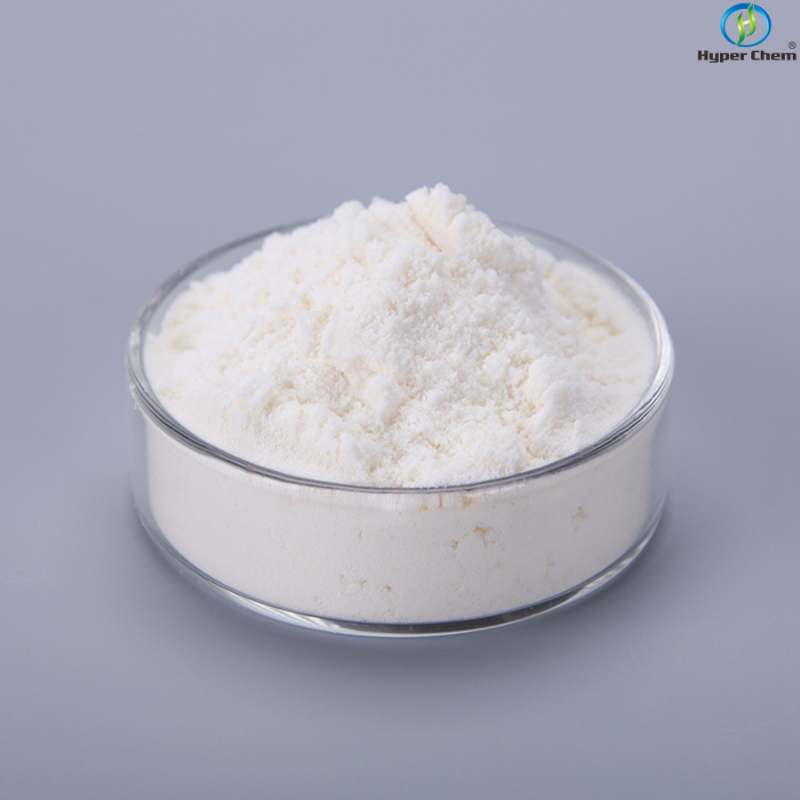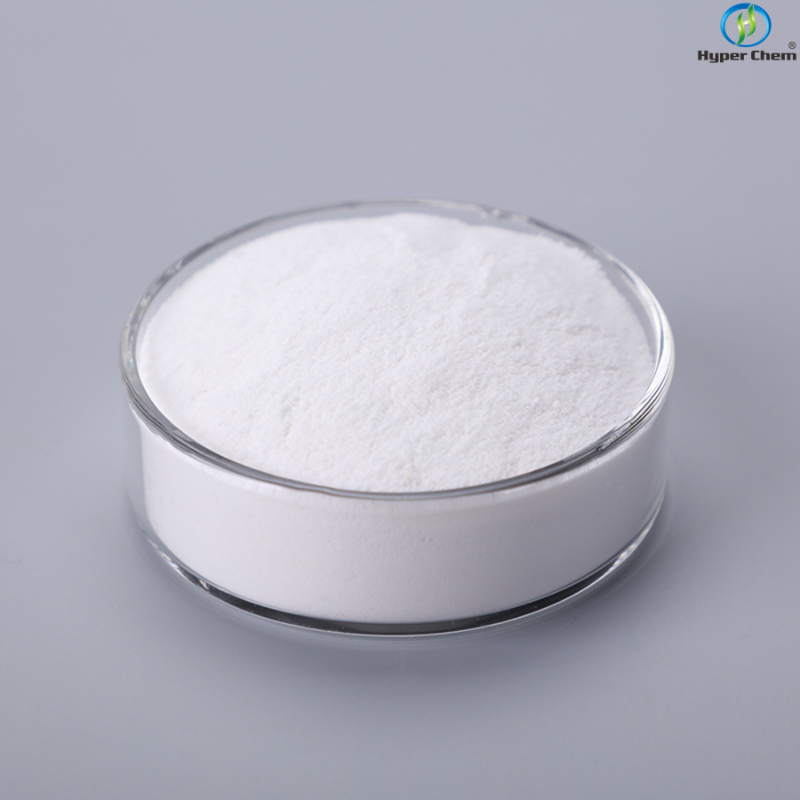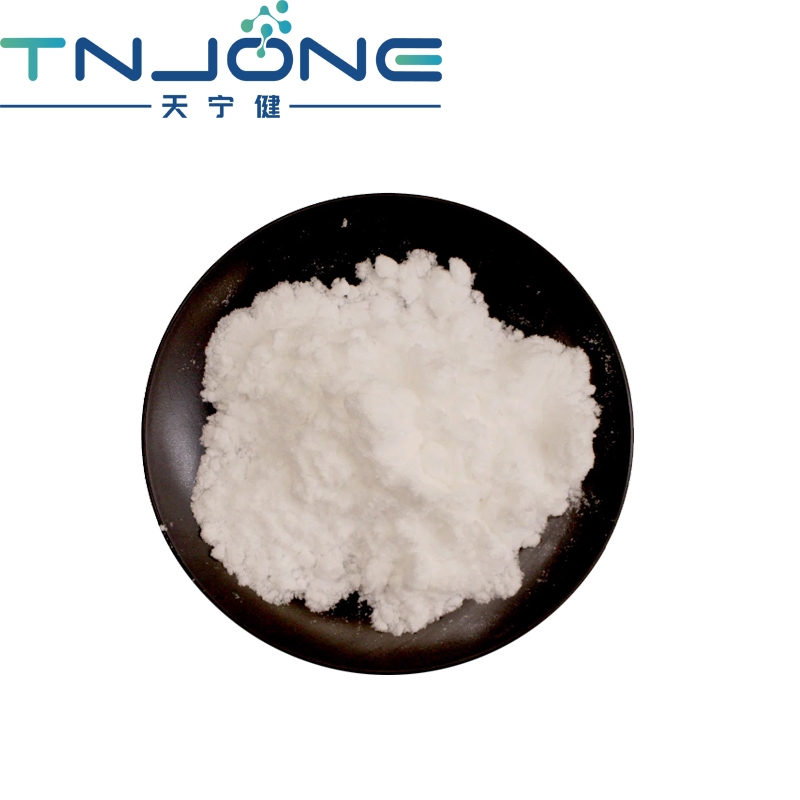-
Categories
-
Pharmaceutical Intermediates
-
Active Pharmaceutical Ingredients
-
Food Additives
- Industrial Coatings
- Agrochemicals
- Dyes and Pigments
- Surfactant
- Flavors and Fragrances
- Chemical Reagents
- Catalyst and Auxiliary
- Natural Products
- Inorganic Chemistry
-
Organic Chemistry
-
Biochemical Engineering
- Analytical Chemistry
-
Cosmetic Ingredient
- Water Treatment Chemical
-
Pharmaceutical Intermediates
Promotion
ECHEMI Mall
Wholesale
Weekly Price
Exhibition
News
-
Trade Service
Despite advances in treatment, relapsed multiple myeloma (MM) remains incurable due to high relapse rates and the development of drug resistance
Despite advances in treatment, relapsed multiple myeloma (MM) remains incurable due to high relapse rates and the development of drug resistance
With recent studies demonstrating the high efficacy of Erk1/2 and CDK4/6 inhibitors in metastatic relapsed cancers, a research team hypothesized that simultaneous targeting of RAS/MAPK pathway molecules including Erk1/2 and cyclin-Ds could enhance MM cytotoxicity And to minimize side effects, they examined Erk1/2i, CDK4/6i, and Erk1/2i + CDK4/6i treatment with RAS MAPK using in vitro and in vivo preclinical models of MM .
Figure 1: Effects of Erk1/2i + CDK4/6i on MM cell lines and HD-PBMCs
Figure 1: Effects of Erk1/2i + CDK4/6i on MM cell lines and HD-PBMCsFigure 2: Synergistic cytotoxicity of Erk1/2i + CDK4/6i on MM cells
Figure 2: Synergistic cytotoxicity of Erk1/2i + CDK4/6i on MM cellsTheir studies showed strong synergistic (IC < 0.
Their studies showed strong synergistic (IC < 0.
Figure 3: Erk1/2i + CDK4/6i treatment triggers cell cycle arrest and induces apoptosis
Figure 3: Erk1/2i + CDK4/6i treatment triggers cell cycle arrest and induces apoptosisFigure 4: Effects of ERK1/2i + CDK4/6i on gene and protein expression in MM cell lines
Figure 4: Effects of ERK1/2i + CDK4/6i on gene and protein expression in MM cell linesFigure 5: Erk1/2i + CDK4/6i reduces tumor burden in the MM1.
Figure 5: Erk1/2i + CDK4/6i reduces tumor burden in the MM1.
Figure 6: Effects of Erk1/2i and CDK4/6i on primary MM cells (A 1, B1, B3)
Figure 6: Effects of Erk1/2i and CDK4/6i on primary MM cells (A 1, B1, B3)
Figure 7: Effect of ERK1/2i + CDK4/6i on primary MM cells co-cultured with or without BMSC-CM
Figure 7: Effect of ERK1/2i + CDK4/6i on primary MM cells co-cultured with or without BMSC-CMFigure 8: Gene signature-based approach identifies targets associated with Erk1/2i + CDK4/6i therapy
Figure 8: Gene signature-based approach identifies targets associated with Erk1/2i + CDK4/6i therapyStudies have shown that Erk1/2i + CDK4/6i treatment induces inhibition of key target molecules in Erk1/2 and CDK4/6 signaling, such as c-myc, p-RSK, p-S6, p-RB and E2F1, indicating that these On-target activity of inhibitors
Studies have shown that Erk1/2i + CDK4/6i treatment induces inhibition of key target molecules in Erk1/2 and CDK4/6 signaling, such as c-myc, p-RSK, p-S6, p-RB and E2F1, indicating that these On-target activity of inhibitors
Overall, this study provides a preclinical framework for a combined Erk1/2i + CDK4/6i clinical trial to target the Ras+CDK pathway to improve outcomes in MM patients
Original source:
Original source:Adamia, S.
Adamia, S.
, Bhatt, S.
, Wen, K.
et al.
Combination therapy targeting Erk1/2 and CDK4/6i in relapsed refractory multiple myeloma.
Leukemia (2022).
https://doi.
org/10.
1038/s41375- 021-01475-z Adamia, S.
, Bhatt, S.
, Wen, K.
et al.
Combination therapy targeting Erk1/2 and CDK4/6i in relapsed refractory multiple myeloma.
Leukemia (2022).
https://doi.
org /10.
1038/s41375-021-01475-z
Leave a message here







